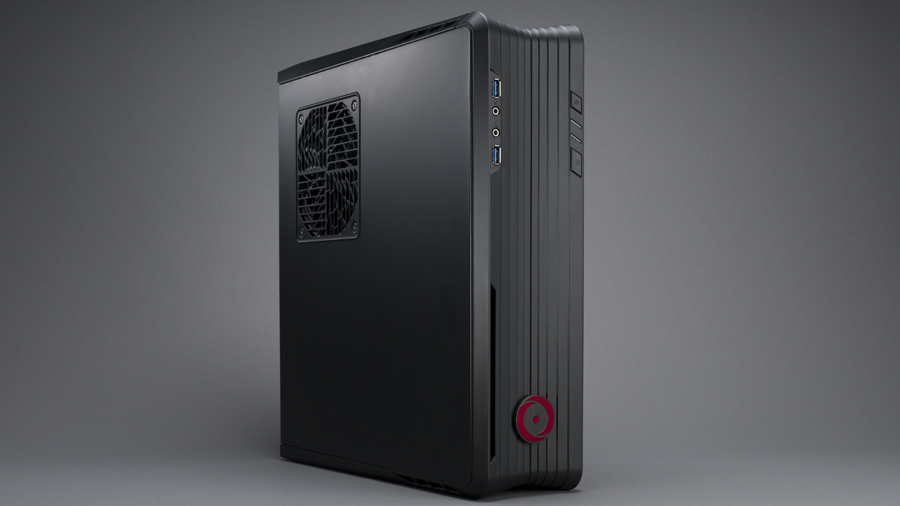Why you can trust TechRadar
The Chronos Z is a sublime machine. It's built for speed and, as long as you don't mind a little extra noise during late night gaming sessions, you're rewarded with stellar performance.
It's also worth pointing out that it's rare that the math comes out as close as it did with this machine. A certain markup is expected, and while $1,000 of labor and support costs seems a bit excessive, you're getting a tuned, nearly future-proof PC that, pending regular maintenance, could easily last until the end of the decade.
We liked
I'd usually warn against putting all your eggs in the same basket, so to speak, with a PC. Frag boxes are costly pieces of technology. And if you're not the one creating it from scratch, upgrading and maintaining your machine can be a huge hassle. The Chronos Z, however, is nearly future proof.
With 5TB of storage, a cutting-edge Haswell processor and the best GPU on the market today, this machine can not only plough through the day-to-day activities – like checking email, listening to Spotify, watching YouTube – simultaneously, you will get absolutely insane performance at the ultra settings of your favorite games.
We disliked
As a general rule, I'm wary of spending $4,000 on anything, let alone a piece of technology. The Chronos Z proves it's worthy of every penny but, if you're willing to settle for a less slightly less powerful components, it would be better to build a system yourself if you have the wherewithal and skill set to do it.
And while the build quality itself is outrageously high, be prepared to feel the heat of the system – and, worse, hear the dull roar of the fans – for the next few years. It's a small price to pay for the power to play whatever 2016's Game of the Year turns out to be on the highest settings, but expect that constant minor annoyance nonetheless.
Verdict
The Chronos Z's top configuration is pricey, yes, but it's an exceptional machine. If that's a bit too rich for your blood, you can always look at the low-end model for $2,799 (about £1,710, AU$3,200) – even if it's just for the GTX Titan Z card.
Scoring 74 frames per second on the generally system-stalling Metro Last Light is a damn near miracle, and with a 3DMark FireStrike score of over 15,000, I promise UHD gaming is easily within reach.
There's some real weak points here, like the heat output and noise, but if niceties like support and general convenience matter to you, there's no better place to spend your money.
Nick Pino is Managing Editor, TV and AV for TechRadar's sister site, Tom's Guide. Previously, he was the Senior Editor of Home Entertainment at TechRadar, covering TVs, headphones, speakers, video games, VR and streaming devices. He's also written for GamesRadar+, Official Xbox Magazine, PC Gamer and other outlets over the last decade, and he has a degree in computer science he's not using if anyone wants it.

